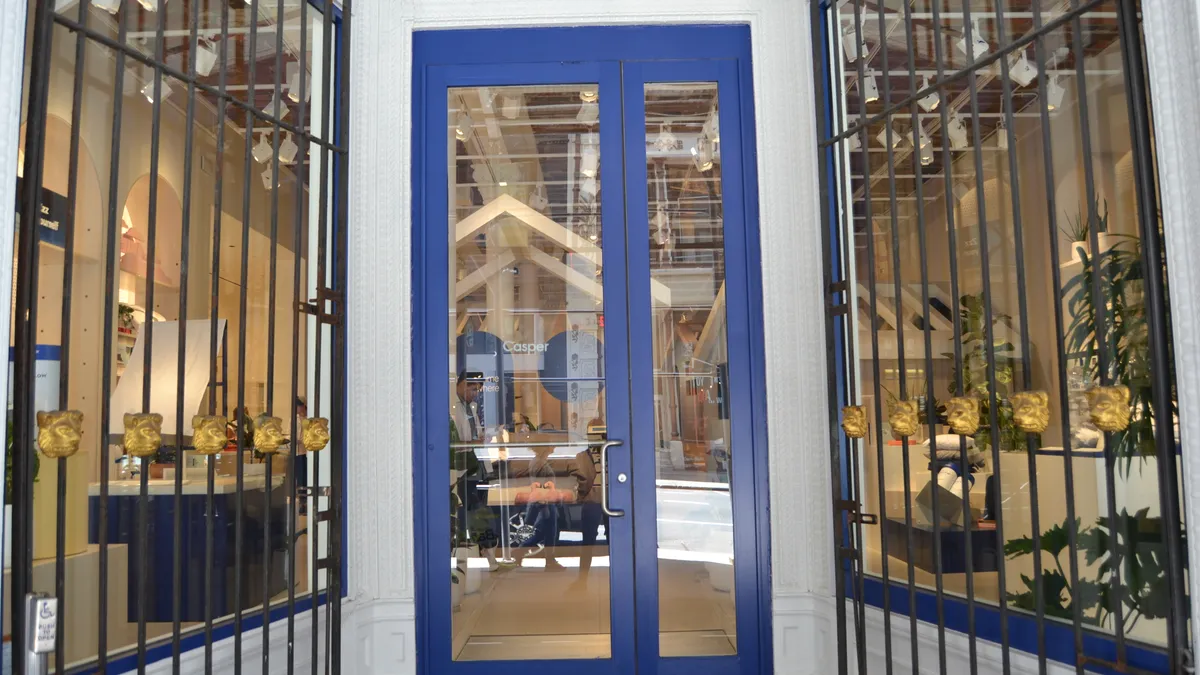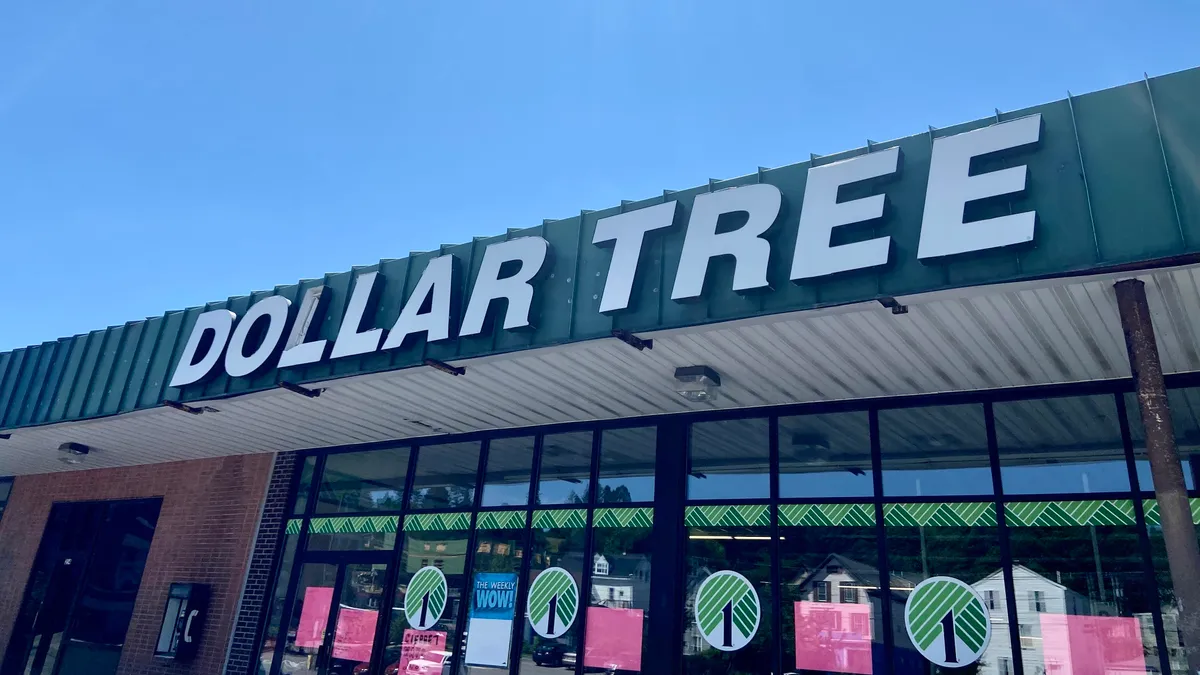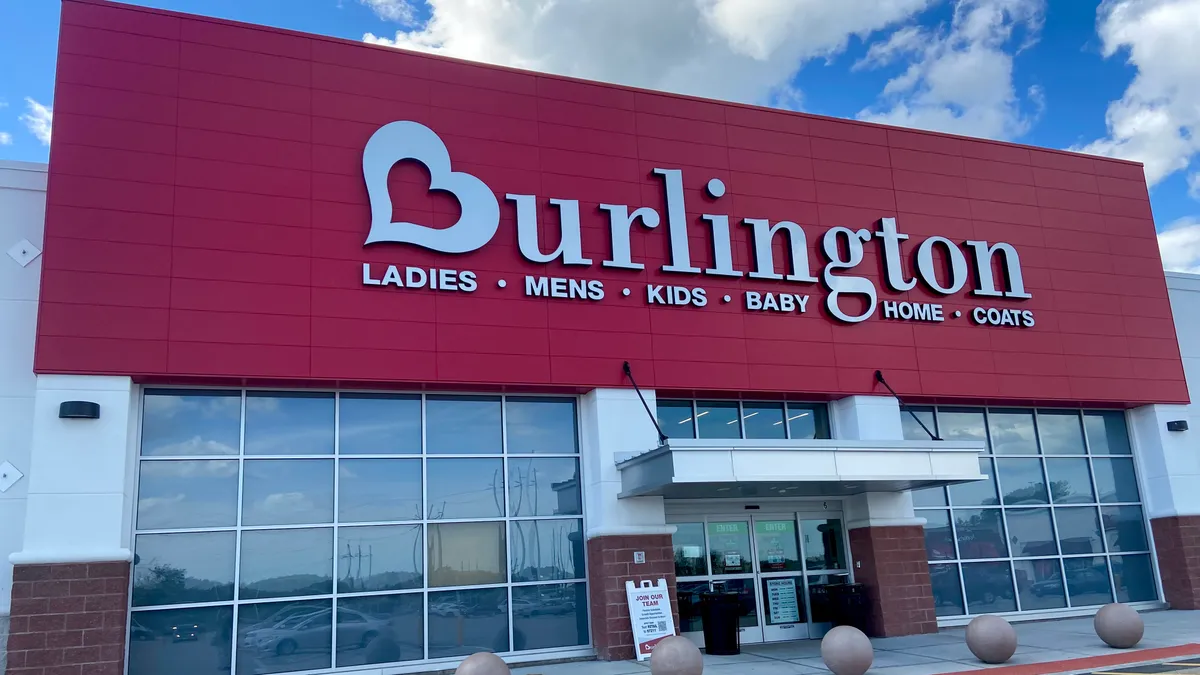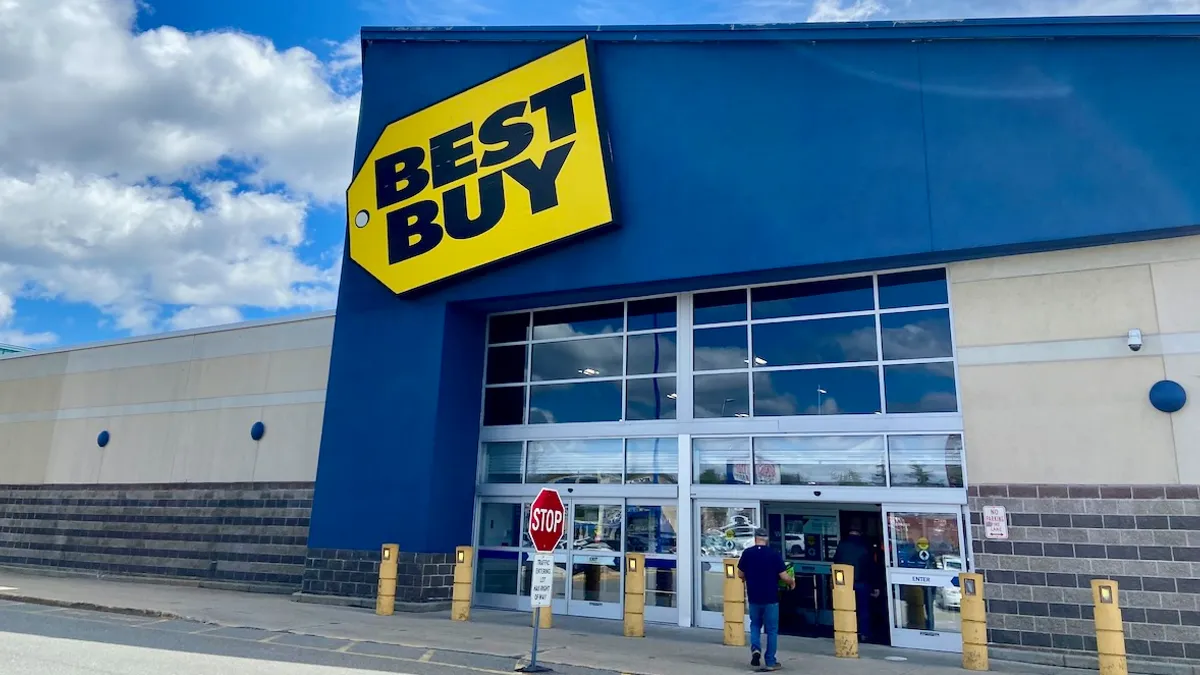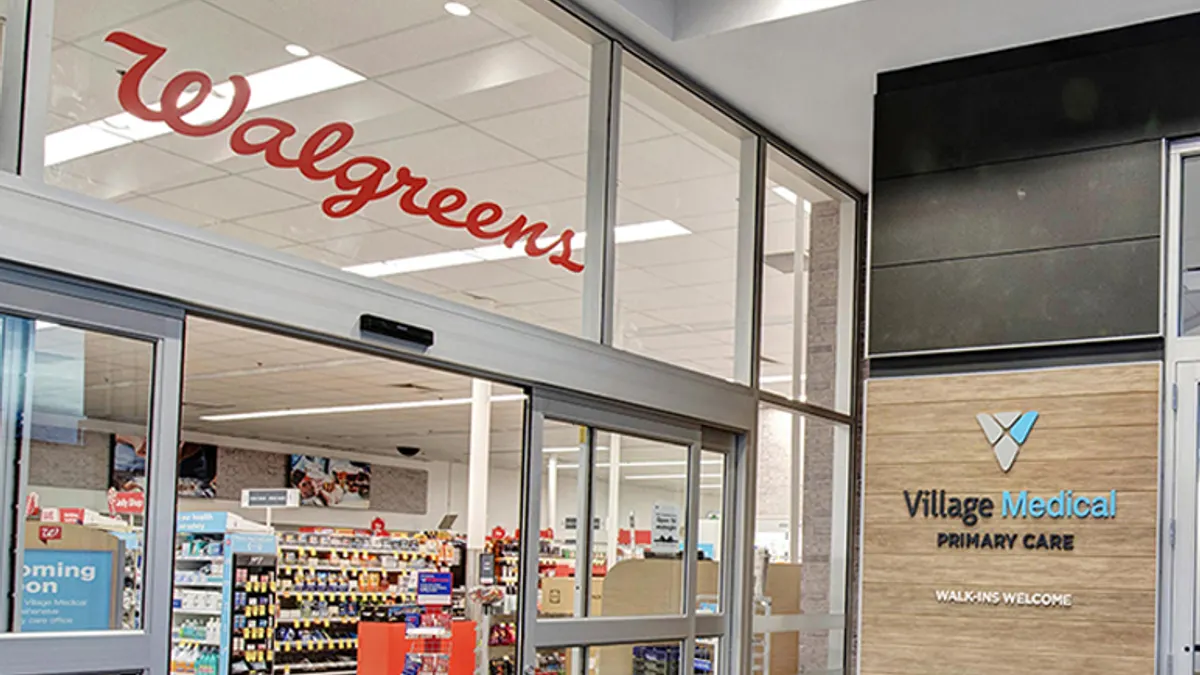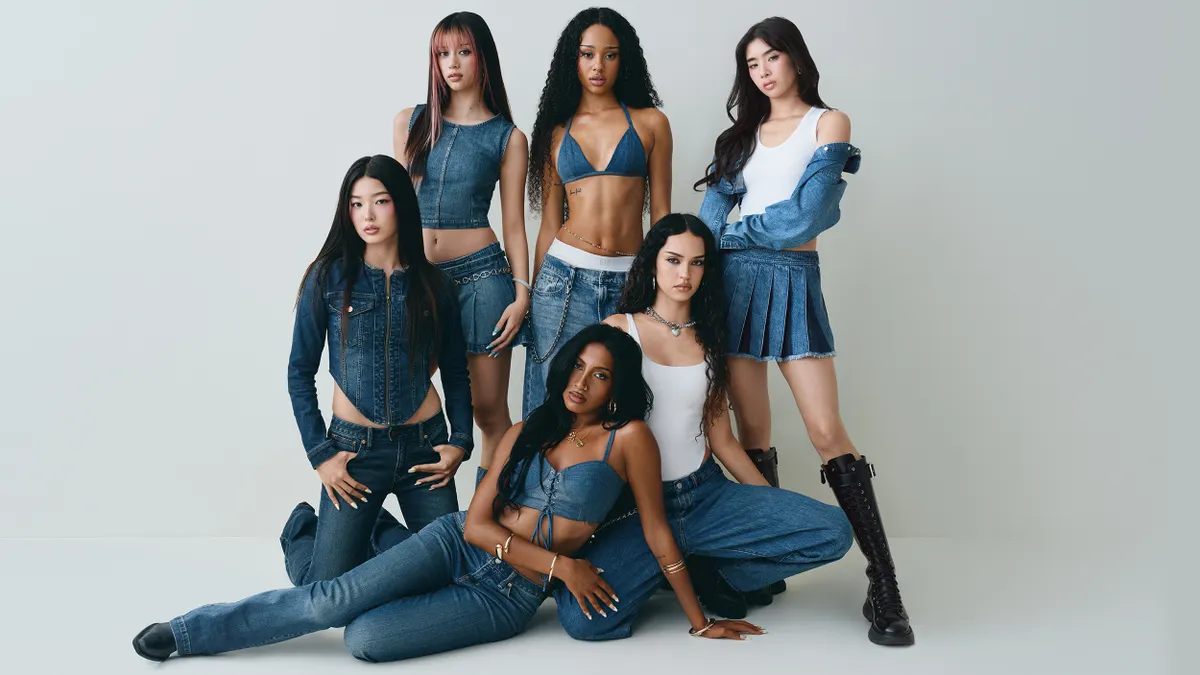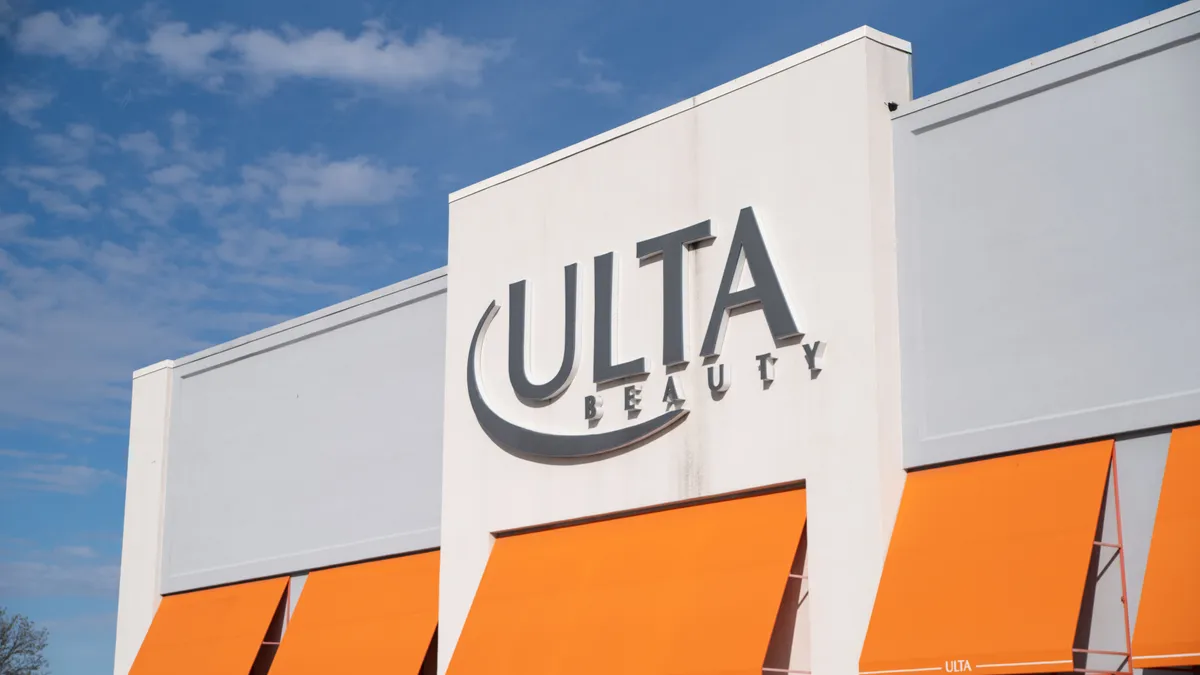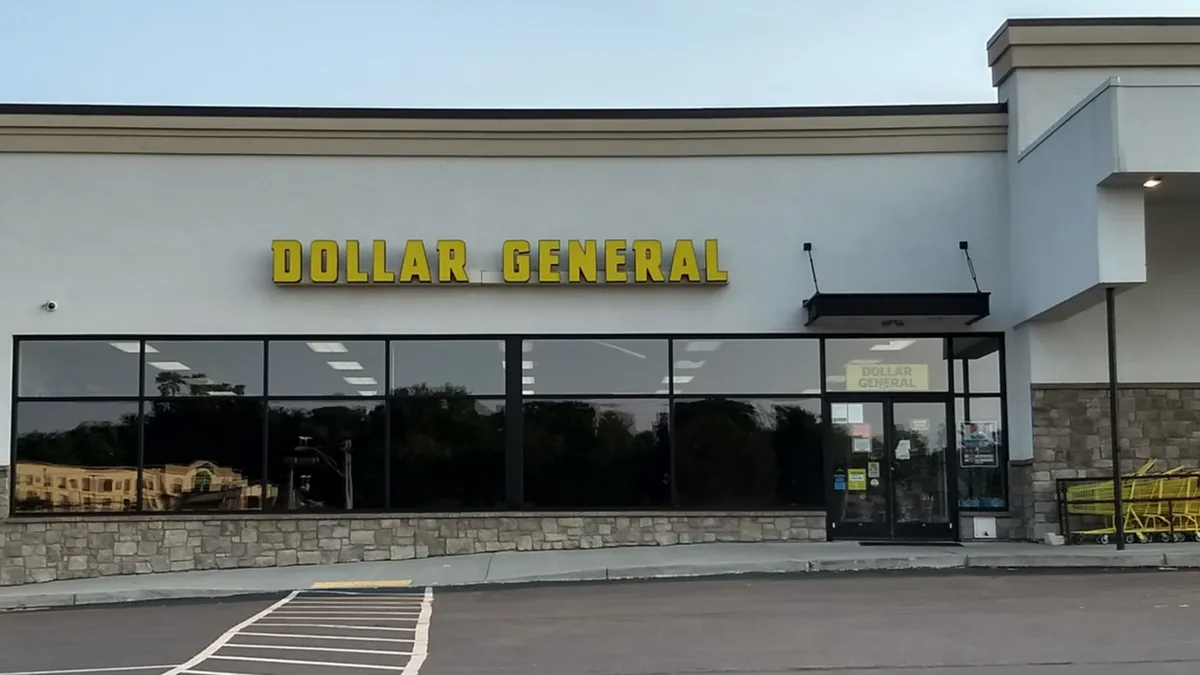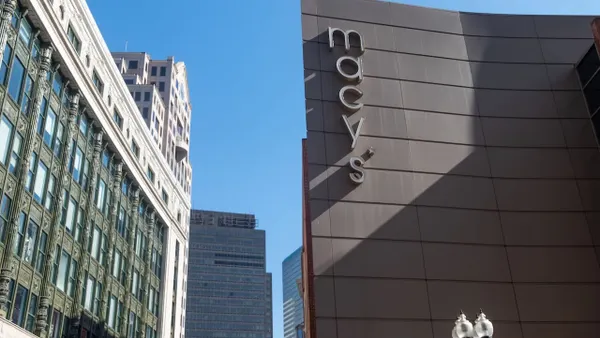MIAMI — The days of pure-play retail are in the rearview mirror for digitally native brands. Over the next five years, the burgeoning cohort of direct-to-consumer companies could open up to 850 stores. But don't expect them to serve the same purpose as, say, a Macy's, Target or Walmart.
For companies like Casper, MM.LaFleur and Indochino, stores are just one piece of a much larger picture, and oftentimes an educational tool, executives from all three companies said Tuesday during the Future Stores Miami 2019 conference. Unburdened by the kind of legacy philosophy that drove many retailers to rapidly overexpand their store footprints in the 1990s and early 2000s, these companies take a carefully curated approach to building stores.
Although Casper is now slated to roll out 200 stores across North America, it took the brand two years to debut its first permanent retail location, Pete Trentacoste, environmental design director at Casper, said during a panel. During that time, pop-up experiments were funneling in information that helped guide teams on what the store should look and feel like. And changes were made in real time to five concepts the teams developed in beta. Using the data they collected to shift their original idea, the teams changed the whole idea for the concept just two months ahead of the store rollout, Trentacoste said.
It was important to get it just right because consistency in a store model is what allows for scale at a rapid pace, like the ambitious plan Casper laid out. That's not to say that all Casper stores are the same. Like many of its digitally native peers, Casper tweaks small things based on certain locations, like the playlists, local art and how much they play up their pet products, Trentacoste said.
While consistency is necessary to scale, opening 200 stores is certainly not the goal for every brand. MM.LaFleur, for instance, thinks about stores through the lens of what its core customer wants out of a trip to the store.
"[Our customers] hate to shop," Caroline Brown, director of experiential design at MM.LaFleur, said during a panel. "The challenge was: don't give them a regular retail store. They don't want product out there. What we would be doing is going against who she is."
Experiential retail is one of the biggest of-the-moment trends. And while brands like MM.LaFleur and other digitally native brands think about experiential retail a lot, exactly what it means to each of them differs. For MM.LaFleur, for example, it has absolutely nothing to do with technology like digital screens — one of the cliche shiny objects many retailers chase in a quest to drive store traffic.
"We don't have tech in our showrooms and it's intentional, and it's because she [the customer] is inundated by it," Brown said. "Our stores are a place where she can come talk to a person, she can vent if she wants to. It's a quiet, calm place to do something as mundane as shopping for clothes for work. ... To feel familiar I'm not going to put a nine-foot screen in there, I want her to feel like she's at home trying on clothes with her best friend."
For Casper, building stores was a necessary growth step, in part to educate customers about the product and build their trust so they feel comfortable shelling out for big-ticket items online, Trentacoste said. One of the biggest stipulations for stores, he added, was that they had to be fun.
"We call it playful science — which is something that is inspired by science museums ... It teaches you about our product in a very playful way," he said. "By doing that it gets their guard down and it gets them interested in our product."
Consistency in that message is essential, he said. That means the same sense of playfulness has to carry over to its outposts in Target stores.
Interactive experiences serve different needs for different categories catering to different demographics, but one through line across many digitally native brand stores is that they make room for inspiration and education.
That's also generally paired with a heightened level of service from brand-obsessed store associates who in the case of Indochino spend up to an hour with clients, Dean Handspiker, vice president of design, product and store development, at Indochino, said on the panel.
"Our model for a made-to-measure retailer is probably closer aligned to that of a ready-to-wear retailer but with a twist that we don't have the inventory in the space so we can devote a lot more of the space to experiential, to lounge, to a place of education," he said.
An enjoyable experience that you can touch and feel is crucial these days for brands that have a mostly online presence. These brands are more attuned especially to the ways in which younger generations want to shop stores. In short, they're Instagrammable without trying too hard.
There's no denying that customers Instagramming products is cost-effective marketing and brands should encourage it, Handspiker said. But, as Trentacoste added, manufacturing moments could actually end up taking away from the brand.
"We try to make the stores and the space itself beautiful and inspire good looking pictures, but we'll never put a hashtag on the wall," he said. "We're never going to be like 'Take this picture here.' It just feels a little forced."


